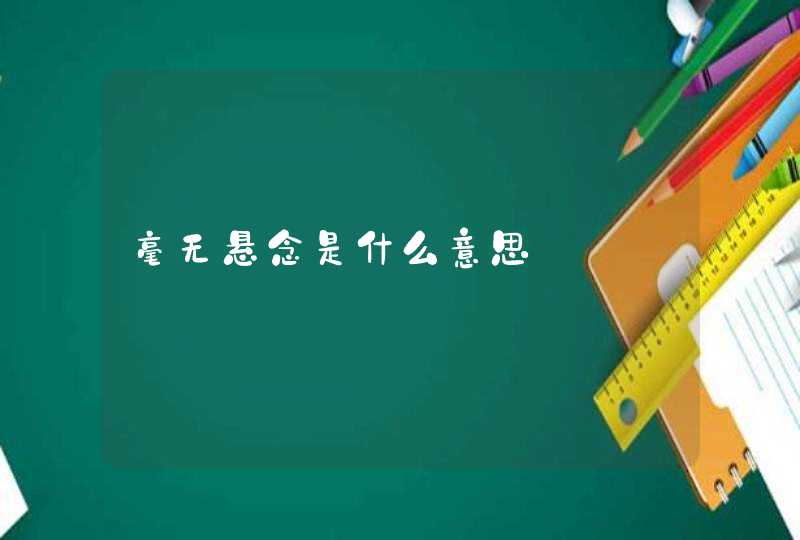一、一般现在时:
基本结构:①be动词;②行为动词
否定形式:①am/is/are+not;②此时态的谓语动词若为行为动词,则在其前加don't,如主语为第三人称单数,则用doesn't,同时还原行为动词。
一般疑问句:①把be动词放于句首;②用助动词do提问,如主语为第三人称单数,则用does,同时,还原行为动词。
二、一般过去时:
基本结构:①be动词;②行为动词
否定形式:①was/were+not;②在行为动词前加didn't,同时还原行为动词。
一般疑问句:①was或were放于句首;②用助动词do的过去式did提问,同时还原行为动词。
三、现在进行时:
时间状语:now,atthistime,thesedays,etc。
基本结构:am/is/are+doing
否定形式:am/is/are+not+doing。
一般疑问句:把be动词放于句首
四、过去进行时:
时间状语:atthistimeyesterday,atthattime或以when引导的谓语动词是一般过去时的时间状语等。
基本结构:was/were+doing
否定形式:was/were+not+doing。
一般疑问句:把was或were放于句首。
特殊用法
一些动词可用一般现在时来表达现在进行时:
verbs of the senses: hear,see,taste,smell,feel
verbs of the thinking: believe,know,mean,realize,think,remember
verbs of the linking: dislike,fear,hate,like,love,want
verbs of the possession: belong,have,own,possess
以上内容参考:百度百科-一般现在时
英语中的时态(tense)一共四种,分别是: 现在时(present tense); 过去时(past tense); 将来时(future tense); 过去将来时(future-in-the past tense)。 国内中小学英语课程中所说的“时态”一般是时态和体貌的结合。

